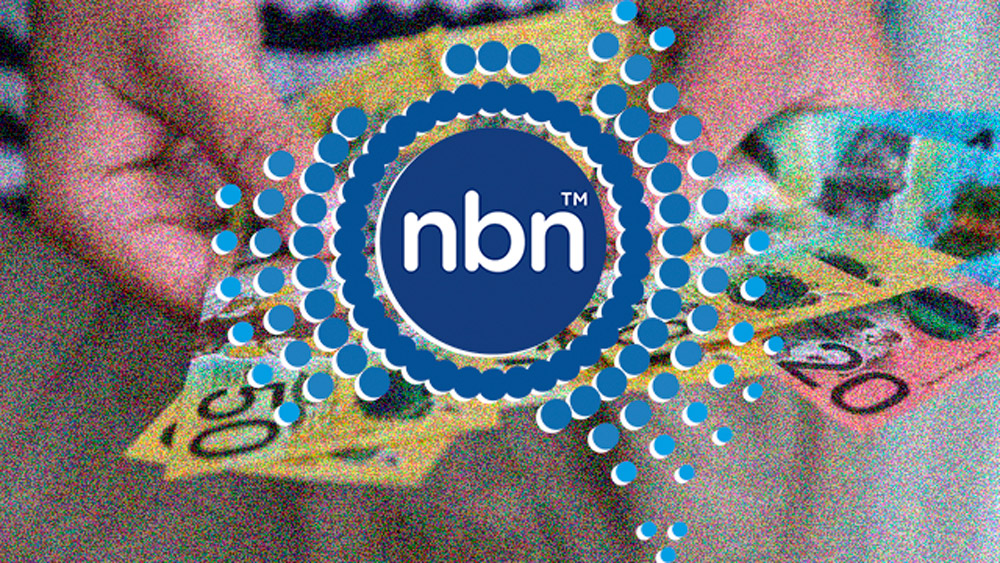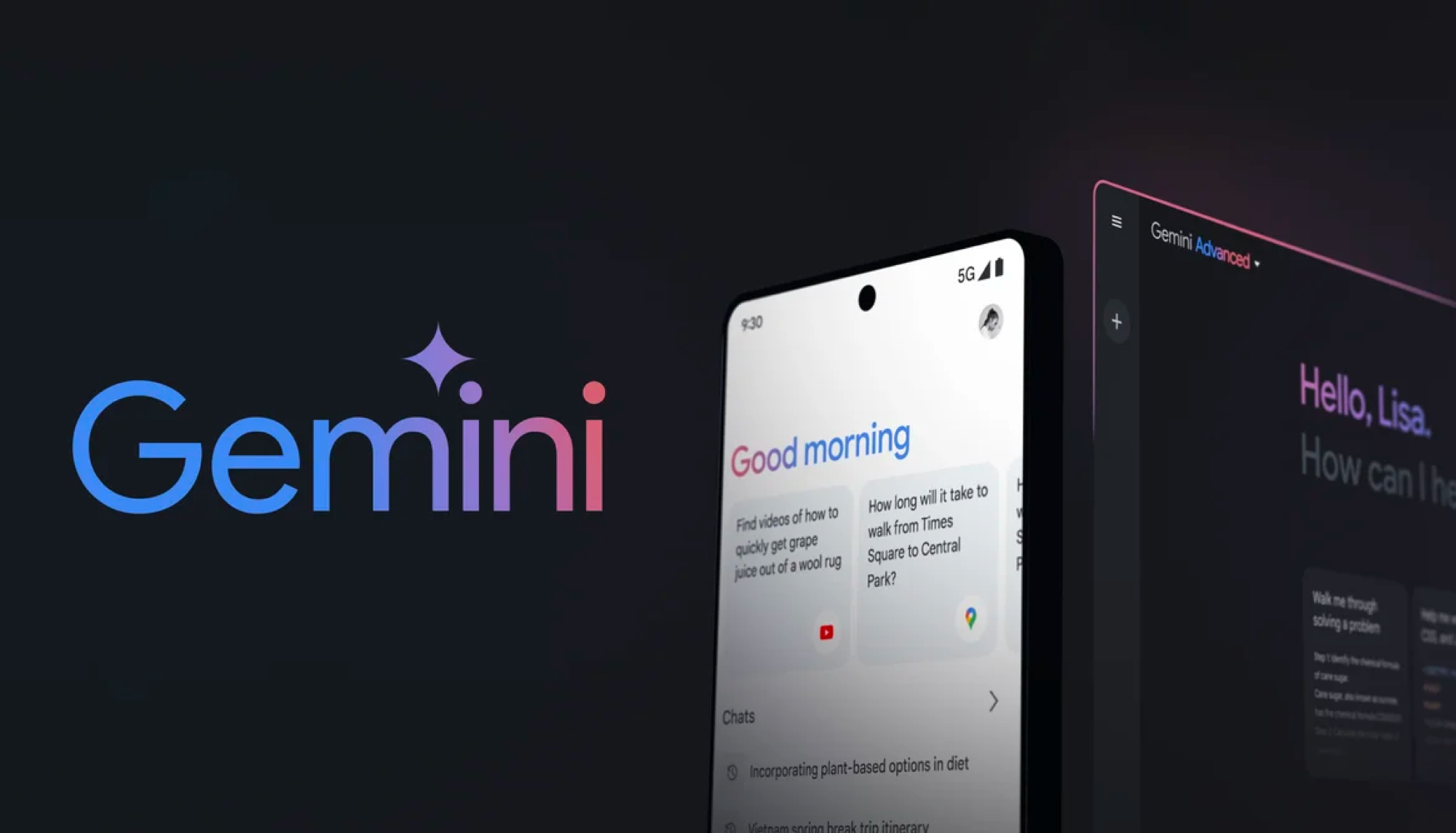NBN price hikes all but confirmed for end of 2023
Popular 50Mbps tier in NBN Co's crosshairs — but you can secure a better deal

It’s been the subject of debate, speculation and controversy, but price hikes for NBN customers have now been all but confirmed to come into place by the end of the year.
More specifically, the wholesale cost NBN Co charges internet service providers (ISPs) looks set to increase, but this will undoubtedly be passed onto consumers. NBN Co has been back and forth with the Australian Competition and Consumer Commission (ACCC) for a couple of years now, with the former saying it will need to increase costs, not only in line with the consumer price index (CPI) but to help pay off the debt of rolling out the upgraded full fibre broadband network.
The ACCC and a number of ISPs have opposed the increases, although the ACCC has previously admitted price hikes are inevitable, but that they should be implemented in an “orderly transition to efficient pricing…that occurs gradually over time”. The latest submissions from the majority of ISPs in response to NBN Co’s most recent Special Access Undertaking (SAU) variation (which sets out proposed changes to the network and pricing) suggest they just want to finalise everything so they can just move on.
How does this affect customers?
Now more a case of ‘when’ rather than ‘if’ the price hikes will happen, what it ultimately means for customers is that those on 50Mbps NBN 50 plans will be hit the hardest, financially. Not only will there be an expected price increase by the end of 2023, but a second one has been pencilled in for July 2024, in line with the CPI.
It’s the likelihood of two price increases in the space of around six months that has most ISPs up in arms.
TPG, for example, said it “remains concerned about the consumer impact of NBN Co imposing two consecutive price rises within a short period, and believes NBN Co should forego the July 2024 increase.”
How much is the price increase?
The quick answer is, we don't know yet.
Sign up to get the BEST of Tom's Guide direct to your inbox.
Get instant access to breaking news, the hottest reviews, great deals and helpful tips.
In its SAU, NBN Co put forward three pricing options to move forward, and option 2 appears to have been the one agreed upon. This states:
“Reduce the opening overage rate to AU$5.50/Mbps (and to AU$4.50/Mbps and AU$3.50/Mbps in subsequent years), and increase the 50Mbps bundled CVC inclusion from 2.5Mbps to 3.5Mbps”
The other two pricing models referred to the 50Mbps tier specifically, whereas option 2 caters to all speed tiers, but it’s the NBN 50 speed tier — by far the most popular — that will be impacted the most.
In layman’s terms, the wholesale cost of the 50Mbps tier could increase by around AU$5 a month, but the actual figure isn’t yet known. It’s also not yet clear if ISPs will actually increase the cost of their plans for consumers, and if they do, it’s unknown if they will just pass on the increase in wholesale cost, or add any further charges on top.
Telstra customers may feel a hit, as the telco says in its submission in response to the proposed changes, “All Telstra customers will be worse off under the ‘floor and ceiling’ approach relative to the approach proposed by NBN Co in the November SAU variation.”
“A wholesale price floor will also limit the extent to which RSPs can discount to specific retail customer cohorts. This is particularly the case with Option 2, which creates the biggest increase in Telstra’s costs in supplying customers with connectivity.”
Telstra is already one of the, if not the, most expensive NBN provider. With the price hikes looming, this will likely remain the case.
Faster plans will benefit
Part of the reason for NBN Co’s planned changes is to encourage more users to take up faster NBN plans, those offering 100Mbps download speeds, or faster. This is because the NBN Co’s rollout of fibre-to-the-premises (FTTP) upgrades for eligible properties will allow customers to take advantage of the faster speeds.
The planned price increases will help to pay back some of the cost incurred by NBN Co, which is currently offering FTTP upgrades for free. However, in order to get the free upgrade, customers need to sign up to an NBN 100 plan or higher, and indicate that they wish to receive the upgrade. Currently, only customers with either a fibre-to-the-curb (FTTC) or fibre-to-the-node (FTTN) connection can get the upgrade.
What to do now?
So, what are your options now we know a price hike is looming? If you’re currently satisfied with your service, then you may not want to switch NBN providers. But most ISPs offer six month introductory discounts on their plans, so now would be a good time to start shopping around and comparing the best NBN plans to see if you can get a better deal.
There is already a huge difference in price between the cheapest NBN 50 plan and the most expensive — AU30.10p/m, to be precise — so if you haven’t already thought about changing, you may well find the best cheap NBN plans will still work for your household.

Max is a digital content writer for Tom’s Guide in Australia, where he covers all things internet-related, including NBN and the emerging alternatives, along with audio and visual products such as headphones and TVs. Max started his career in his homeland of England, where he spent time working for What Hi-Fi? and Pocket-lint, before moving to Australia in 2018.
